
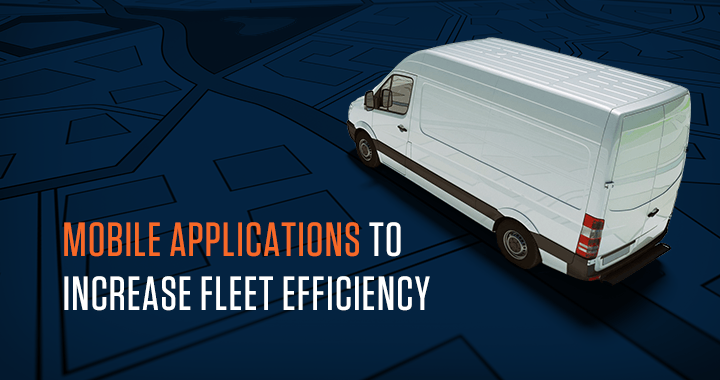
Smartphones and other mobile devices have changed the way people go about their daily lives. Likewise, mobile apps have made it easier for businesses to operate. Companies can track orders, shipments and deliveries with the help of mobile apps.
Whether they are delivery companies, HVAC businesses or landscaping companies, businesses that operate a fleet can use mobile apps to manage their fleet. If you want to know where your drivers are, how they are getting from point A to point B, and whether they are driving safely, a fleet tracking app will help.
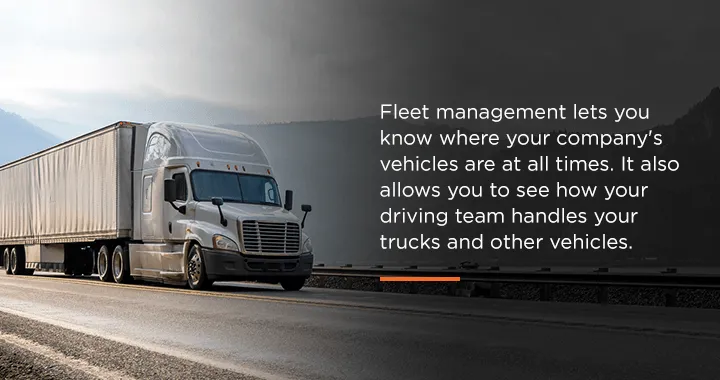
Fleet management lets you know where your company’s vehicles are at all times. It also allows you to see how your driving team handles your trucks and other vehicles. Fleet management has two components. One component lets you examine and evaluate the performance of your vehicles on the road. The other lets you develop a maintenance plan for your vehicles to keep costs as low as possible and extend the lives of the trucks, vans or cars your company operates.
Aspects of fleet management include the following elements.
Your vehicles need fuel to get where they are going. How efficiently those vehicles use fuel depends on various factors. The length of a trip and the driver’s habits can reduce fuel economy, for example. Aggressive driving, including hard braking, quick acceleration and speeding, can reduce fuel economy by up to 30% on the highway and up to 40% in stop-and-go traffic.
Idling for extended periods, carrying overly heavy loads and making short trips also reduce fuel economy. Fleet management allows you to plan ways to reduce idling and make the most of your driver’s trips. A fleet management software program can also alert you to habits that increase your company’s fuel costs.

Fleet management allows you to monitor your driver’s habits, letting you intervene when you notice unsafe habits, including speeding. Unsafe driving can affect your business’s bottom line in several ways. First, it increases wear-and-tear on your fleet, meaning you need to schedule more frequent maintenance and repairs. Second, it increases fuel costs. Additionally, unsafe driving can affect your company’s insurance coverage.
If your drivers have many accidents, your insurance provider might pull coverage or increase your premiums dramatically. Screening your drivers before hiring them and conducting regular identity and driving record checks can help protect your fleet and keep your insurance bills reasonable.
When you operate a fleet, you must know where your vehicles are at all times. You need to know your trucks’ or vans’ locations so you can send them where they need to go when necessary. Without a fleet management system that tracks your vehicles, your company can be at greater risk of theft or misplaced trucks. An employee might take a truck out for an unauthorized trip on the weekend or after business hours, potentially leaving you scrambling for a replacement.
If your fleet management program includes tracking, you can see where your vehicles are on the road, which ones aren’t where they should be and which ones are potentially delayed. You can use the location information to make decisions and adjust your business schedule as needed.
Another part of fleet management is scheduling the vehicles. Before the advent of fleet management software, scheduling relied on paper and pen and many phone calls. A dispatcher would need to phone drivers to schedule their next trips, noting their current location on paper. An app streamlines the process, letting you send drivers to their next assignments quickly, based on their vehicles’ location and the location of the next job.
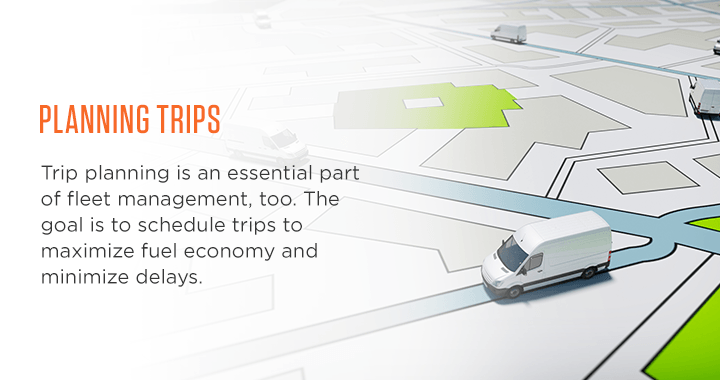
Trip planning is an essential part of fleet management, too. The goal is to schedule trips to maximize fuel economy and minimize delays. Trip planning can also include mapping out and scheduling deliveries to reduce fuel spend and ensure packages get to their destinations in the most timely way.
Mobile technology makes an internet connection possible in even remote locations. Using a mobile app, you can keep tabs on your fleet no matter where you are, as long as you can get online. Mobile technology has also streamlined the process of managing a fleet. What you once had to do by hand, such as mapping out drivers’ routes or figuring out which packages to load onto which vehicle, an app can now manage for you.
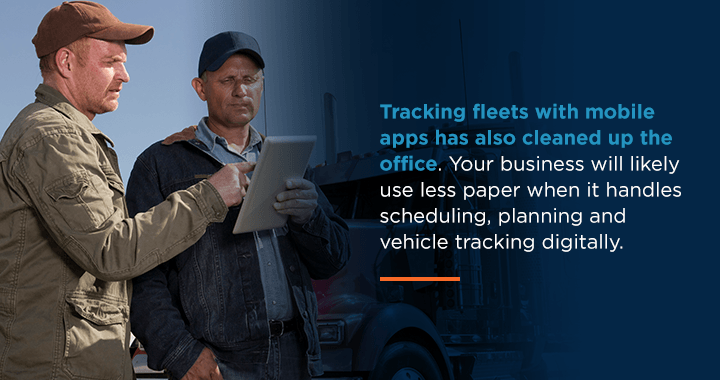
Tracking fleets with mobile apps has also cleaned up the office. Your business will likely use less paper when it handles scheduling, planning and vehicle tracking digitally. That means there are fewer documents to misplace and less time spent shuffling through paperwork.
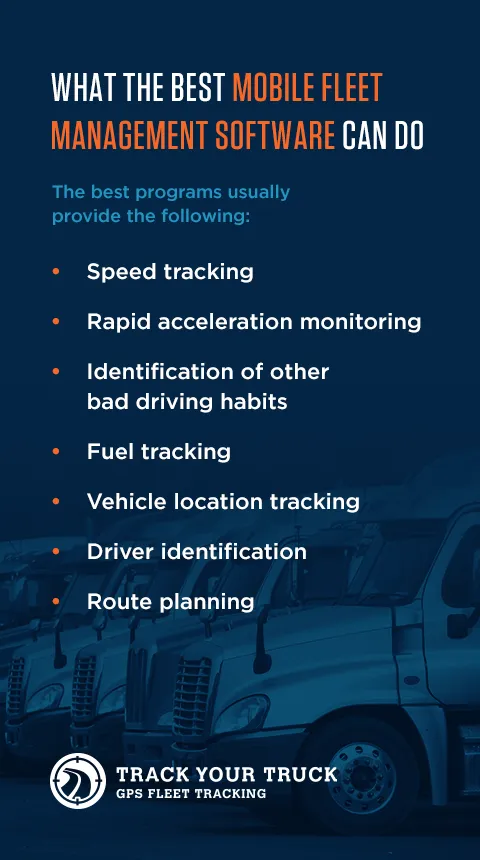
Hundreds of different mobile fleet management software programs are available. They aren’t all created equally, though. Some are feature-rich, and some offer the bare bones. The best programs usually provide the following:
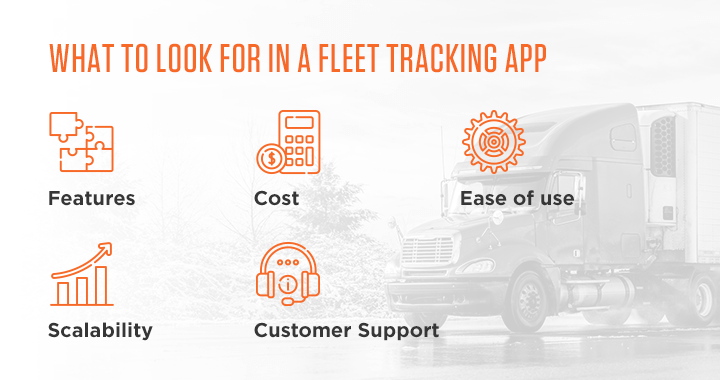
Many fleet tracking apps and software programs are available for business owners who manage small, medium or large fleets. When choosing the best fit for your business, here’s what to look for:
If you’re interested in using a mobile app to manage your fleet, track drivers and keep tabs on your vehicles, explore some of the options on the market.
NetTrack is the fleet management software program available from Track Your Truck. It’s a scalable solution that can evolve as your business’s needs change. Some of the features and benefits of NetTrack include:
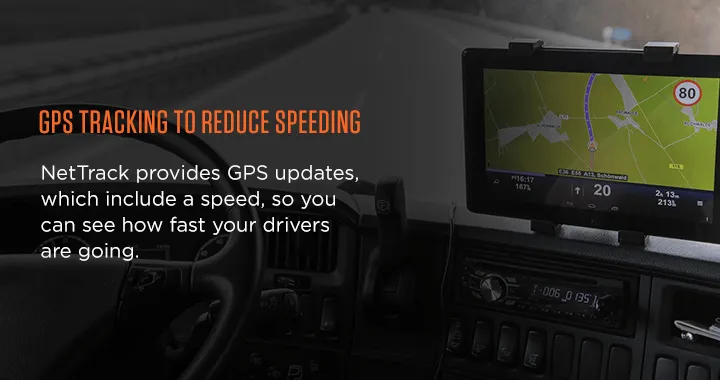
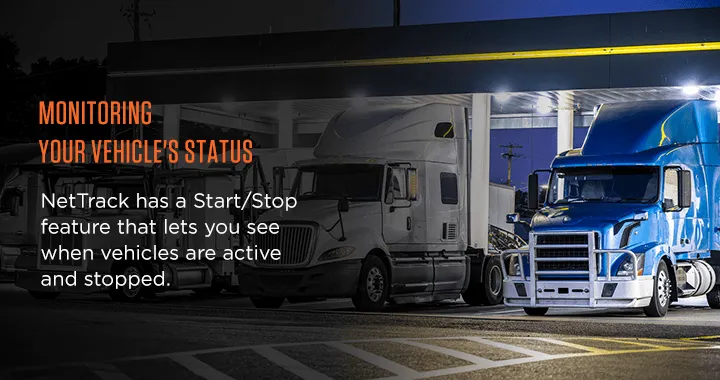
Waze isn’t strictly a fleet management app. It’s a GPS navigation app that lets you leave comments on the route, such as notifications of traffic jams or other issues that slow down travel. You can use the app to plan your drivers’ routes to save fuel. The app also shows you where the nearest gas stations are, should a driver need to fill up on the way to a job or after making a delivery.
Another useful app feature is that it lets you keep tabs on your drivers. If a driver does get stuck in traffic, you can let the customer know of the delay and give them options to proceed. Since Waze isn’t specifically a fleet management app, it doesn’t provide features such as speed monitoring or driver identification that you would get from other programs. This might make it less suitable for your business applications if you’re specifically searching for those higher-level specialized app functions.
Odoo is a free fleet management software program. It might be a good option for your company if you want to try using an app without paying for the service. Fleet management is just one of the platforms offered by Odoo, an open-source program. Other programs available from Odoo include website building, project management and employee onboarding. It can be ideal if you want a program that manages all your business needs.
Because Odoo is free, you might not get the customer support you need when you need it. The support team is reportedly slow to respond to issues. Another concern with Odoo is that there is limited training available when you begin using the app. Since you aren’t paying for support, it’s up to you to teach yourself the software’s basics.
If you’re tech-savvy, that might not be an issue. If you have many people to train, though, you might be better off choosing a user-friendly app that provides support and assistance more readily. That way, you won’t have to spend as much of your time training all your employees and can increase productivity within your business.
GPSWOX is a white-label GPS server that offers free and paid versions. White label means the app has paid to license another company’s product, which has its benefits and drawbacks. A potential benefit is that a white-label app’s cost is usually lower than the price of an app designed and built by the company offering it.
A potential drawback of a white-label app is that the company offering it can only provide limited support to its customers. White-label apps also usually don’t roll out updates or bug fixes as quickly as custom-built platforms, which means you won’t have all the latest modifications that can help you stay up to date, efficient and ahead of the competition.
GPSWOX offers features such as speed monitoring, fuel consumption tracking and vehicle location tracking as a fleet management app. Its interface is intuitive and relatively easy to use. It also works with a wide range of tracking devices, making it a good option if your company already has GPS trackers and is looking for additional fleet management support.
KeepTruckin is a fleet tracking app available in free and paid versions. It offers various features, including fuel consumption reporting, vehicle tracking and electronic logging device (ELD) compliance. The software is user-friendly and offers access from any mobile device.
One potential drawback of KeepTruckin is that its customer service team can be hard to contact. Additionally, the response you might get for your concerns can vary considerably depending on who you work with. If you opt for the free version, the features and support available are notably limited, which may ultimately require you to upgrade to the paid version for more flexibility.
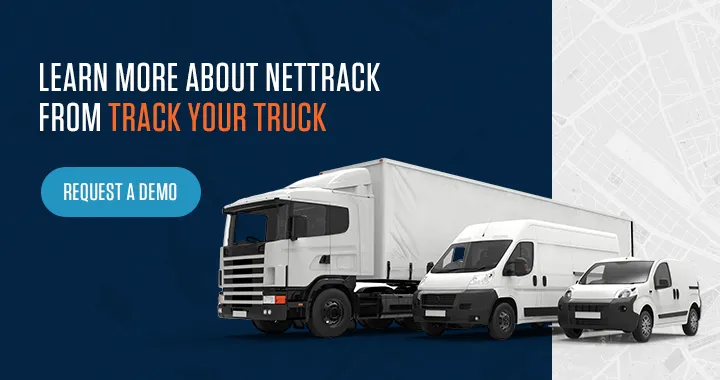
Tracking your fleet lets you save money, improve efficiency and facilitate safer roads. NetTrack from Track Your Truck is a mobile app that lets you keep tabs on your fleet from anywhere, making fleet management easier than ever. Request a quote today.